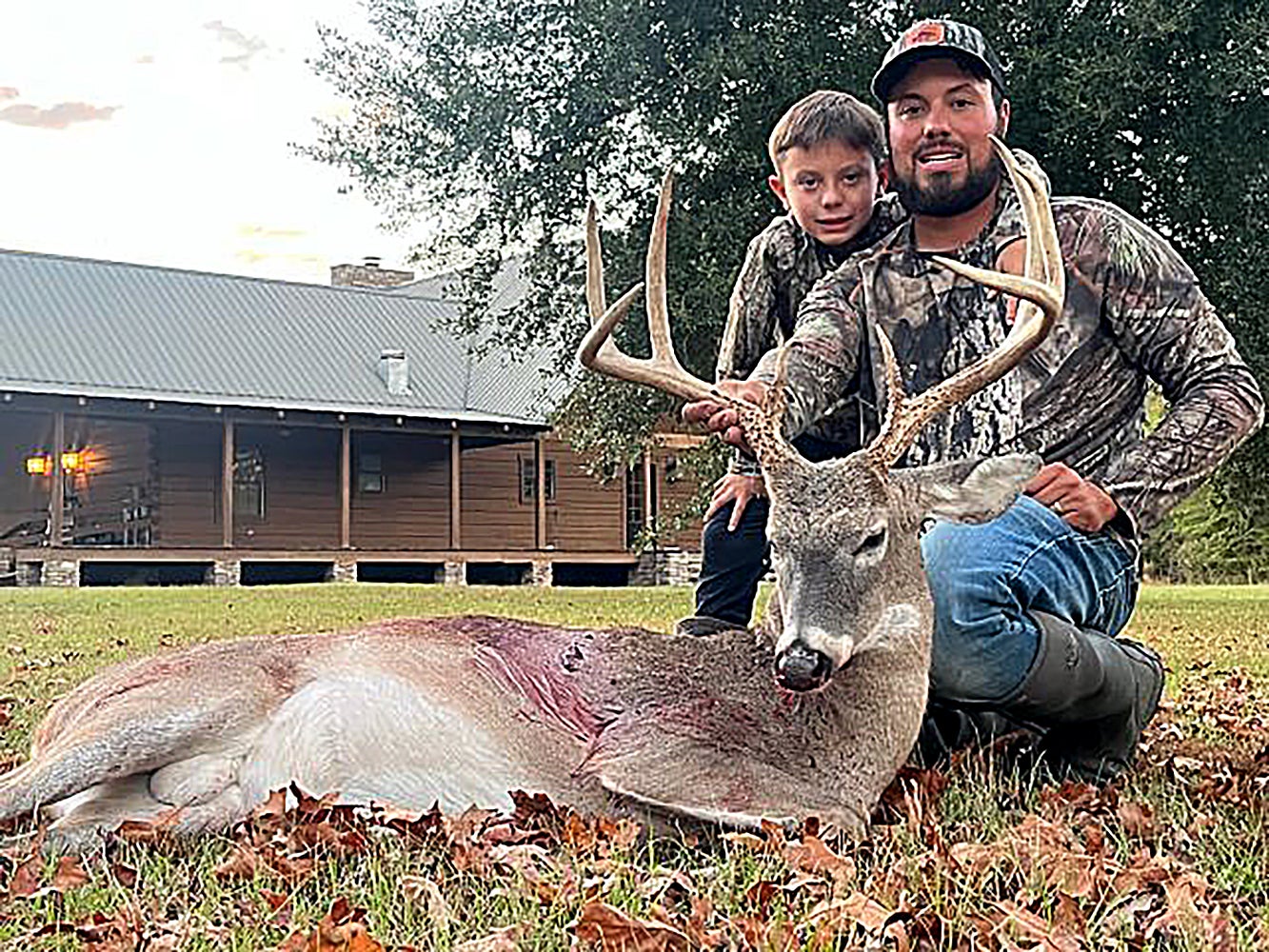By DAVID RAINER, Alabama Department of Conservation and Natural Resources
The Deer Management Assistance Program (DMAP), started in 1984 to help landowners and leaseholders better manage their deer herds, is celebrating its 40th year in 2024. The program is offered by the Alabama Department of Conservation and Natural Resources’ (ADCNR) Wildlife and Freshwater Fisheries (WFF) Division.
WFF’s Brian Grice, one of the biologists with Technical Assistance Program, said DMAP began to help Alabamians improve their deer herd dynamics.
“We went from a time when we didn’t have a lot of deer to a time when there were a lot of clubs who had a lot of does, and the limited number of doe days wasn’t allowing them to take enough animals,” Grice said. “This is what the program started with, issuing doe tags. They were physical tags back then. This was to improve the deer health and remove a barrier on the limited deer harvest.”
In the early 1900s, deer were scarce in almost all of Alabama. A herd in southwest Alabama provided animals for restocking, and other states contributed deer to the restocking efforts in the 1940s and 1950s. Through that work, the deer herd rebounded in spectacular fashion to the point that some areas were significantly overcrowded, which caused both the herd and the habitat to suffer.
“The restocking effort is a testament to how prolific deer can be when they have adequate amounts of resources and regulated hunting,” Grice said. “By restraining seasons and bag limits, the deer recovered pretty quickly so that by the mid ’80s a lot of people were starting to experience a degradation of habitat.”
Grice said it’s fairly easy for biologists to judge the health of the deer herd by checking the habitat first. A high browse line indicates too many animals are competing for the available forage.
“Deer are opportunistic feeders, so they go after high quality stuff first and then work their way to what’s preferred and then down to what’s less than optimal but can still sustain them,” he said. “We look at the forage quality and what kind of plants are there. When you see some of the high quality species absent when they otherwise should be there, you see some of the less desirable stuff that’s hard to even browse on. When you see cedar trees with a browse line that is head high to a deer, something is going on there, and it’s not good.
“Once you degrade the habitat, then the herd health is reduced, body weights decrease, and they are susceptible to parasites and disease. More mouths on the ground enhances the spread of disease. I’d say habitat quality is the biggest component of this.”








